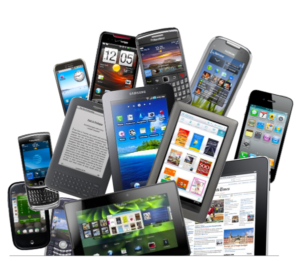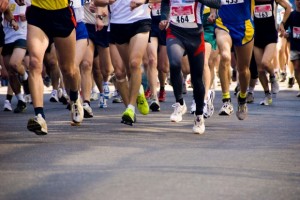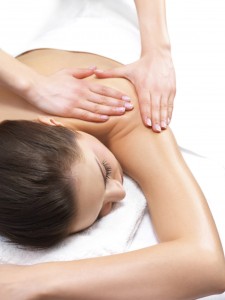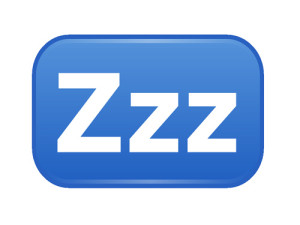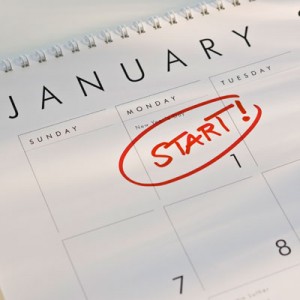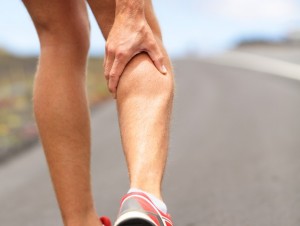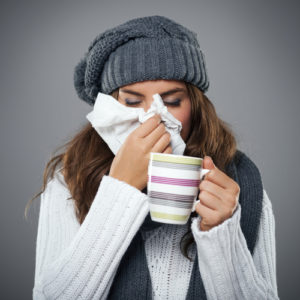 With winter fast approaching, the cold and flu season is just around the corner. So how can you avoid getting sick during the Holidays? Try to incorporate these 6 easy tips into your every day routines.
With winter fast approaching, the cold and flu season is just around the corner. So how can you avoid getting sick during the Holidays? Try to incorporate these 6 easy tips into your every day routines.
- Hand sanitizer and hand washing
When hand sanitizers are used correctly, they can eliminate up to 99.9% of germs. Make sure you use enough product so your hands still feel damp after rubbing together for 10 to 15 seconds, and that the product has at least a 60% alcohol content.
If you are washing your hands with soap; wet your hands with running water, apply soap, lather well and rub your hands vigorously for at least 20 seconds.
- Extra package of pens
Cold and flu germs are easily passed through hand-to-hand contact, and using someone’s pen is a good way to come into contact with germs. Having your own supply of inexpensive pens will keep you safe from unwanted germs.
- Phones and keyboards
Just as with pens, phones and keyboards can be a “mine field” of germs. Make sure to have a small package of anti bacterial wet wipes with you…. and don’t be afraid to use them!
- Schedule a massage
Getting a massage, can reduce stress and increase serotonin and dopamine, which are mood boosters that can help protect and increase your body’s immune system.
- Stay hydrated
With the cooler weather, many of us forget to drink enough water. You still need to aim for about two litres of water daily for your body to function at peak performance.
- Increase spices and digestion friendly foods
Many digestion friendly foods and spices have the added benefit of boosting your immune system with their antibacterial properties. Try adding dark greens, berries, garlic, onions, ginger, cumin, and oregano to your meals. You can also strengthen your body’s defenses by eating foods that contain natural probiotics like yogurt, miso soup, and pickled foods like sauerkraut and pickles.
These are just some of the simple things you can do to strengthen you immune system, so you can avoid getting a cold or flu this winter!

